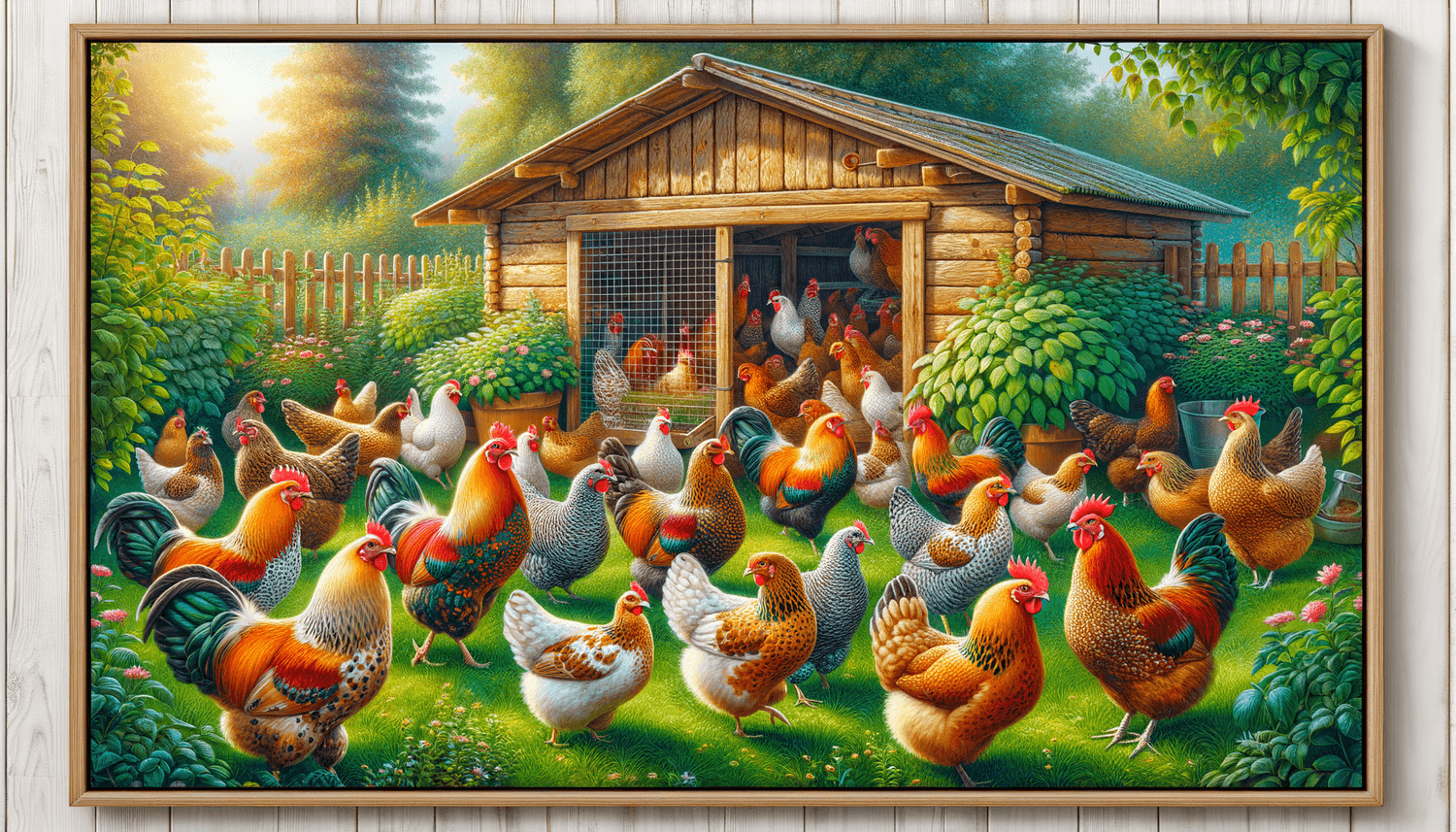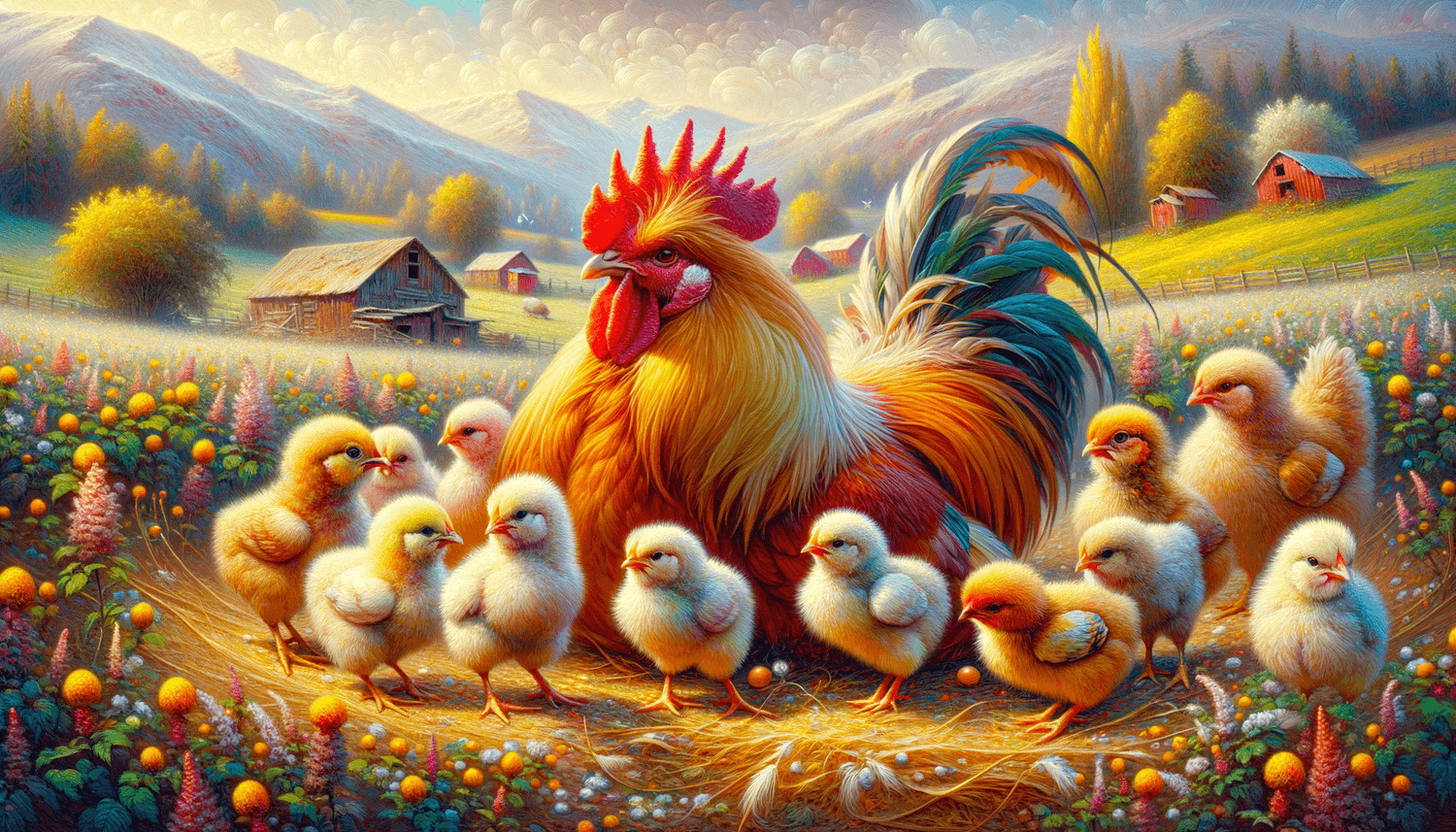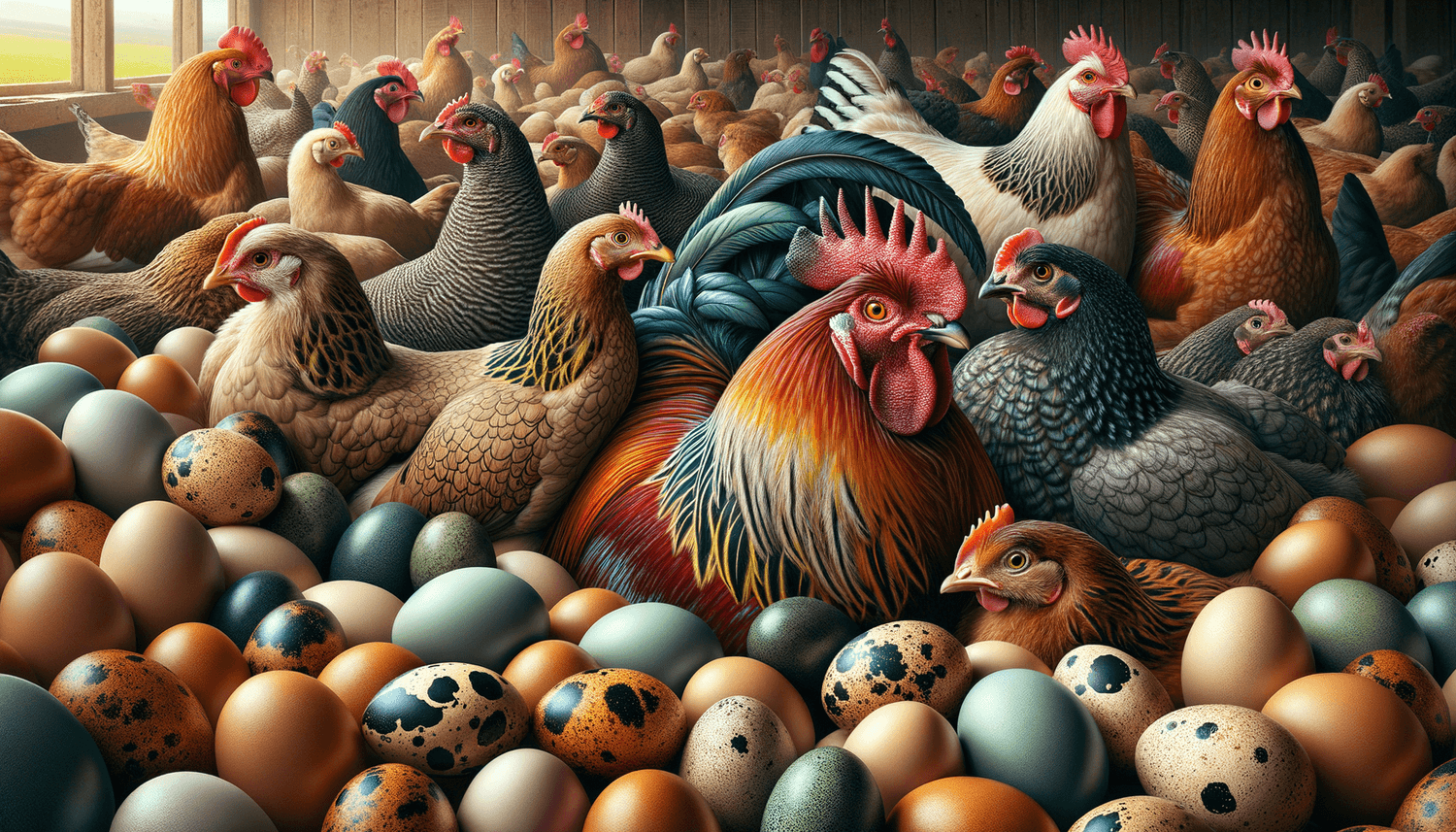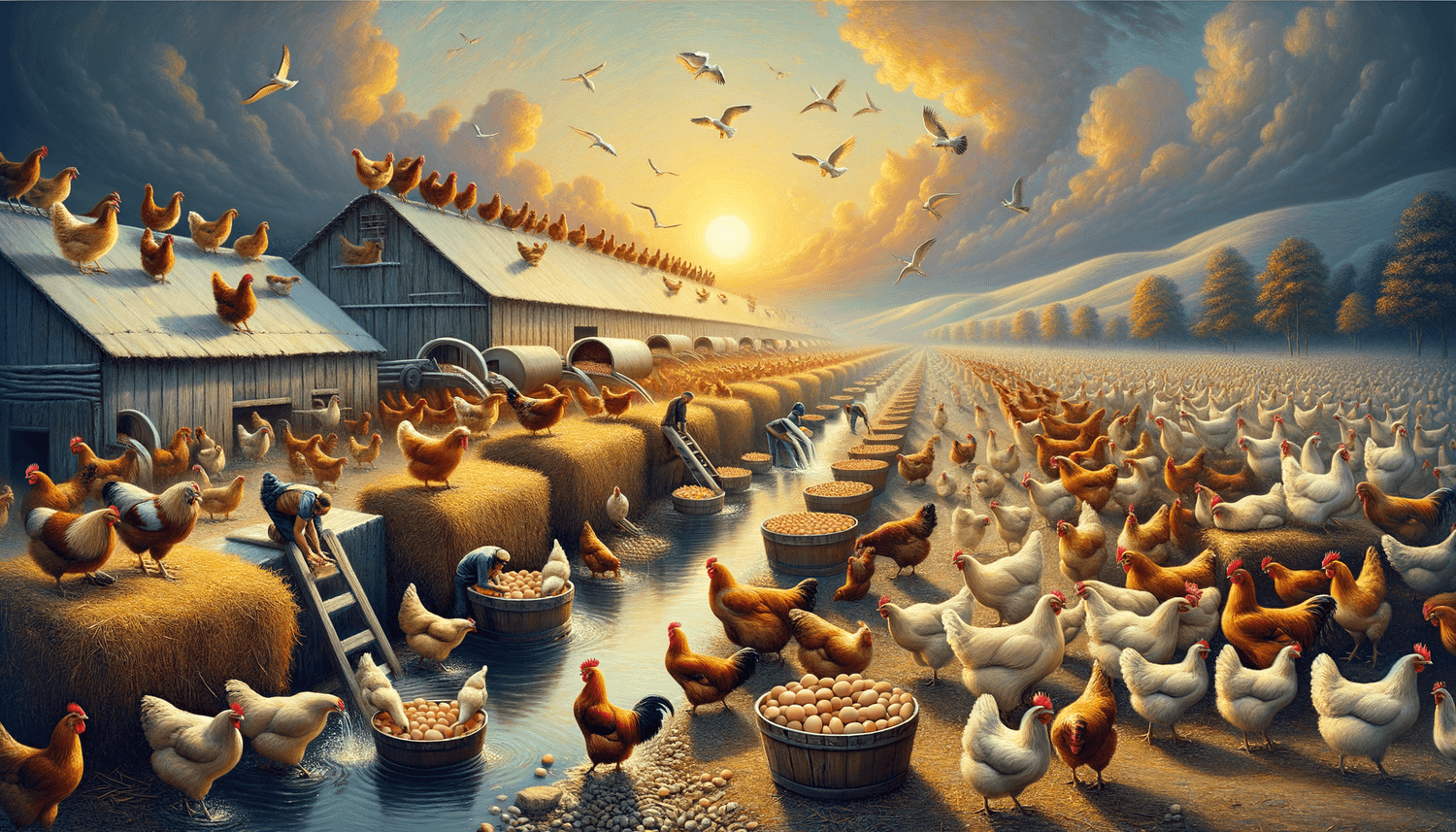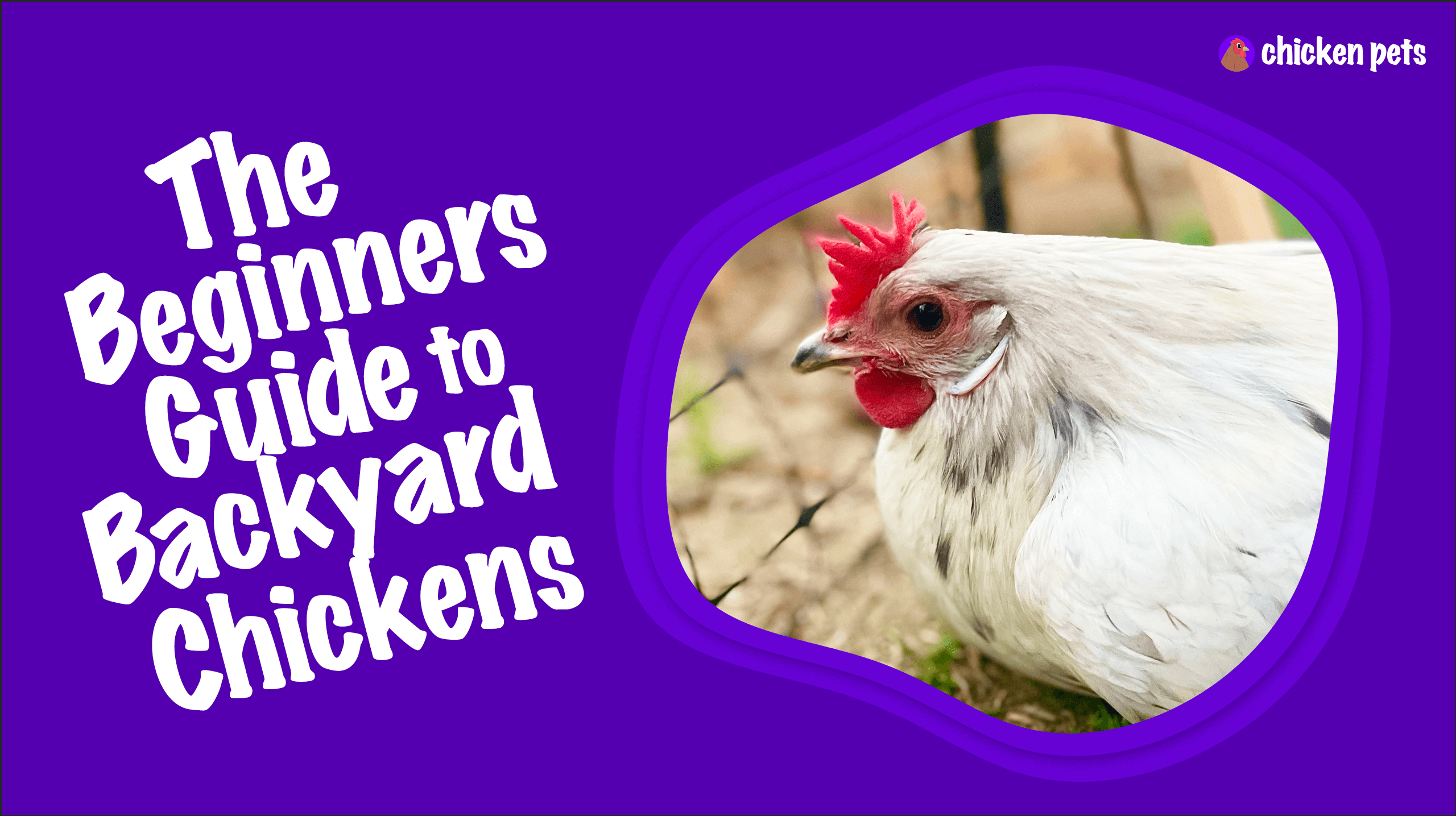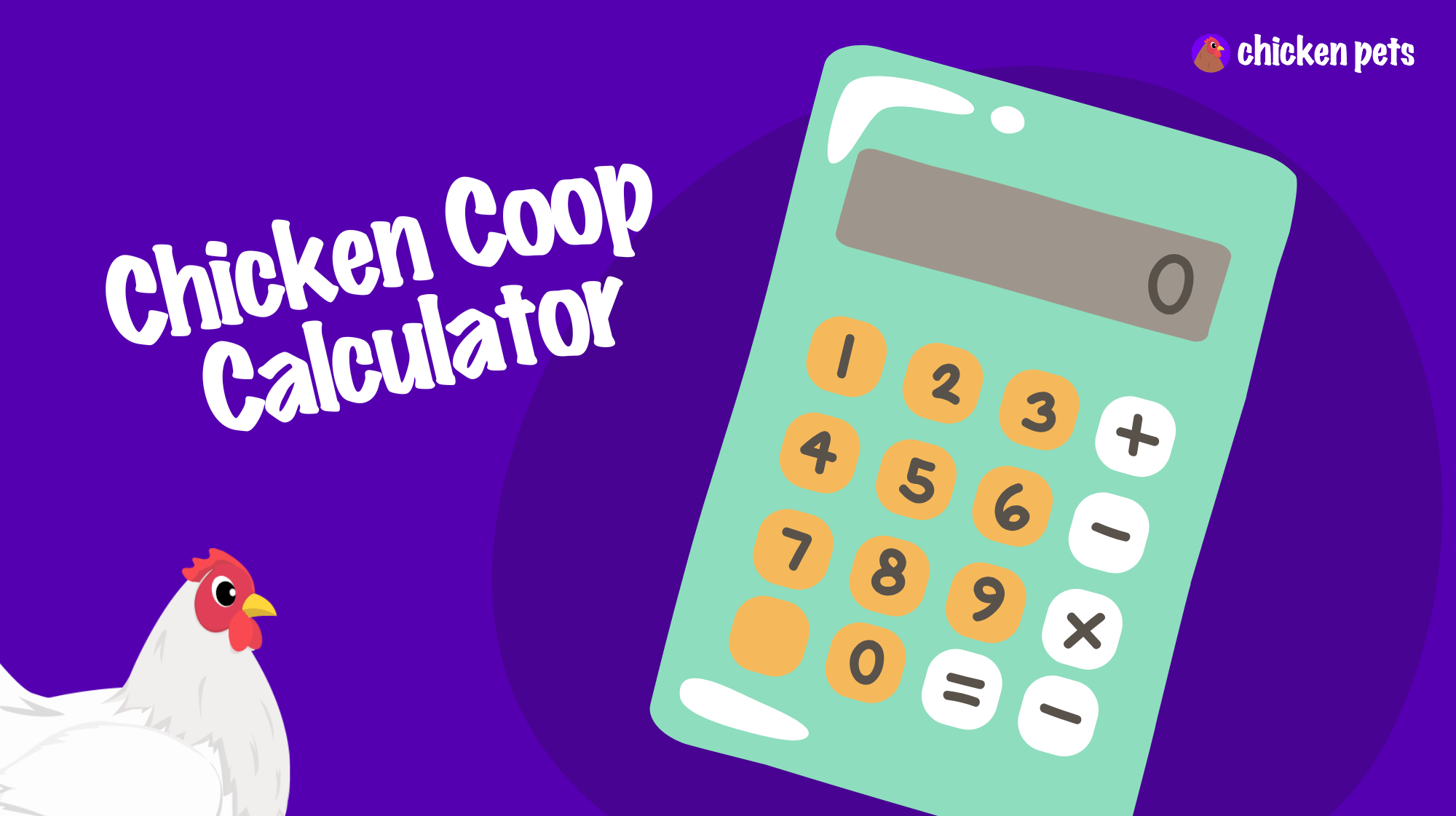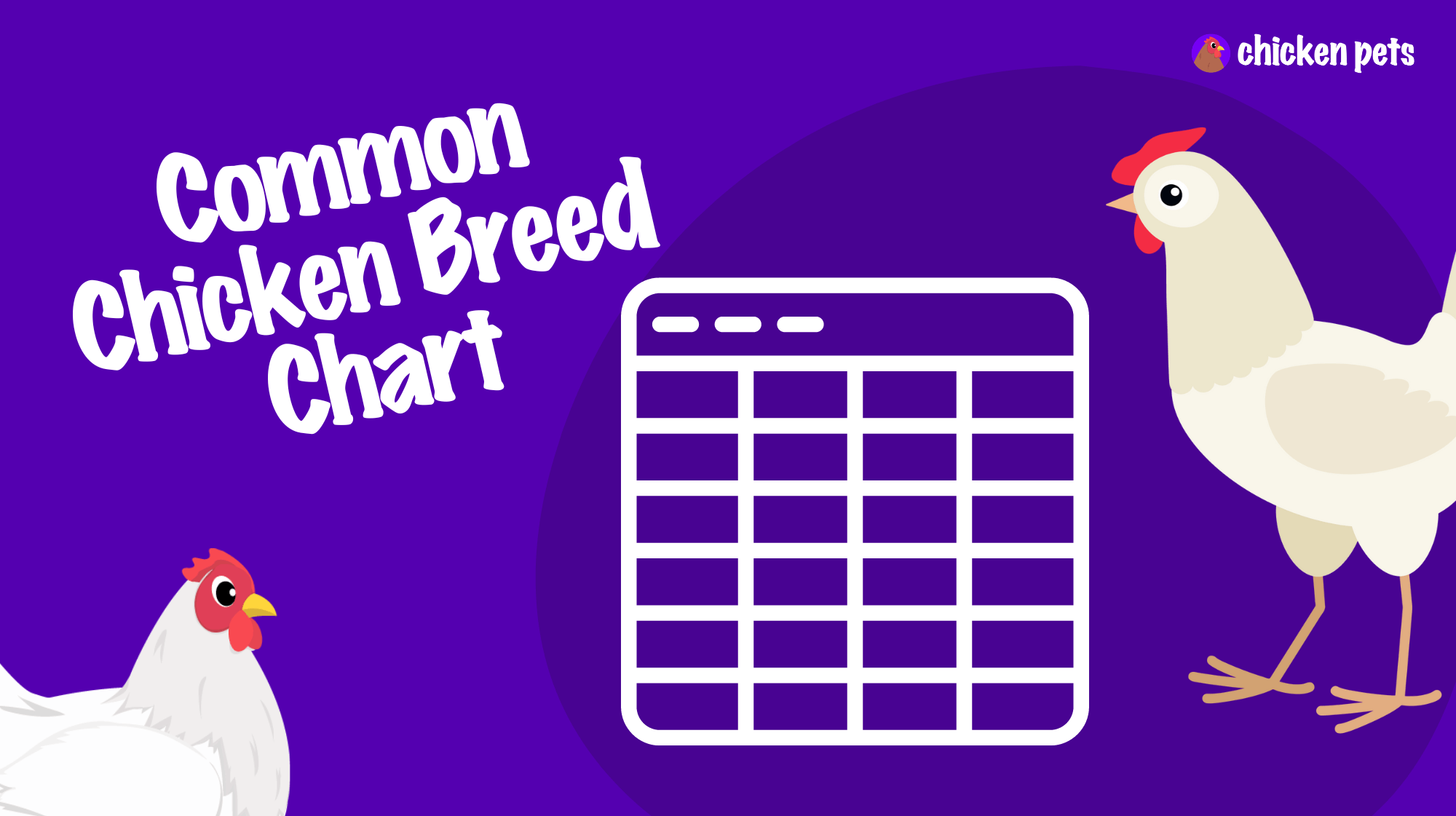Definition of Pip
The Pip refers to the initial breaking or puncturing of the eggshell by a developing chick before hatching. In the context of chickens and poultry, this process is an essential phase of the chick’s embryonic development, as it signifies the imminent emergence of the chick from the egg. At this stage, the chick utilizes an egg tooth, a small, temporary prominence on the upper beak, to break through the egg’s internal membrane and the shell’s outer layer, allowing it to breathe outside air for the first time.
Significance of Pip for Backyard Chicken Owners
Understanding the concept of Pip is crucial for backyard chicken owners and enthusiasts as it allows them to monitor and manage their chicks’ hatching process efficiently. By observing the Pip, chicken owners can estimate the approximate timeline for a chick’s full emergence from the egg and avoid intervening too early or too late. This is vital for ensuring a smooth and successful hatching experience and safeguarding the chick’s health and well-being.
Moreover, recognizing the Pip enables owners to differentiate between chicks that are hatching on their own and those that might require assistance. In certain situations, a chick may get “stuck” and not progress beyond Pip, requiring intervention from the owner. However, intervening too early without explicit knowledge of the Pip stage can do more harm than good. Thus, being familiar with the term “Pip” and its relevance to the hatching process can significantly impact the survival and wellness of the chicks.
How the Pip Process Works
The Pip process is an essential aspect of the hatching procedure in chickens and other poultry species. As the chick nears the end of its incubation period, it begins to position itself for hatching. Its head is placed under its right wing next to the egg’s air cell, where an oxygen supply is available. When the chick is ready, it pierces the air cell membrane with its beak, taking its first breath.
At this point, the chick utilizes its egg tooth – a temporary, sharp protuberance on the upper beak that helps it break through the shell. The chick begins to chip away at the shell, creating a series of small cracks in a circular pattern known as the Pip. This phase of the hatching process can take several hours, or even a day, giving the chick time to absorb the remaining blood and nutrients from the yolk sac and adjust to the external air supply.
Once the Pip progresses into a complete circle, the chick pushes through, freeing itself from the confines of the shell. With the hatching process complete, this marks the beginning of the chick’s life outside the egg. Understanding the mechanics and timing of the Pip process allows chicken owners and poultry enthusiasts to facilitate and support the healthy development of their chicks.
Practical Application for Backyard Chicken Owners
Backyard chicken owners can apply the information related to the Pip process to their flock in several ways, ensuring the health and safety of their chicks during the hatching process:
- Monitoring incubation conditions: To facilitate the successful development and hatching of eggs, owners should keep tabs on critical incubation factors. These include temperature (usually 99.5°F for forced air incubators or 101°F for still air incubators), humidity (50% for the first 18 days and 65% for the last few days), and turning the eggs at least 3 times a day.
- Observing the Pip: Chicken owners should familiarize themselves with the visual signs of the Pip process. Monitoring the eggs for an initial crack or small hole in the shell will help them anticipate when chicks may hatch and determine if intervention is necessary.
- Exercising patience: The Pip process takes time. Owners should avoid the temptation to intervene during this phase unless explicitly necessary. Early interference can cause harm to the developing chick or lead to incomplete absorption of yolk nutrients.
- Assisting with caution: If a chick has not progressed beyond the Pip after several hours or appears to be in distress, only then should owners consider intervening. Assistance should be provided carefully, and it is essential to consult resources or experienced chicken owners for guidance.
- Post-hatch care: Once the chicks have hatched, owners should ascertain that proper heat, nutrition, and water sources are available to encourage a healthy transition into their new environment.
By learning about the Pip process and applying this knowledge to their flocks, backyard chicken owners can improve the overall success of their hatchlings and ensure the well-being of their newly hatched chicks.
Tips & Recommendations for Optimal Chicken Care during the Pip Process
Providing the best care for your chickens during the critical Pip process can increase the success of your hatchlings and their overall well-being. Here are some practical tips and recommendations to help you ensure a more effective and smoother hatching experience:
- Maintain proper incubator care: Perform regular checks on your incubator throughout the incubation period to ensure temperature and humidity remain consistent. Keep the incubator clean and ensure it’s appropriately ventilated to provide an optimal hatching environment.
- Exercise restraint: Resist the urge to constantly check on your eggs’ progress. Opening the incubator frequently can lead to fluctuations in temperature and humidity, negatively affecting your hatchlings’ development.
- Limit handling of eggs: While monitoring the Pip process is essential, it’s also crucial to limit handling the eggs, as this can introduce bacteria or cause damage to the eggs.
- Use an egg candler: Invest in an egg candler, a small flashlight specifically designed for candling eggs, to periodically monitor your eggs’ development without causing unnecessary stress or interference.
- Cooperate with a support network: Join online poultry groups or local chicken-keeping communities that can share advice and experiences related to observing and managing the Pip and hatching process. This will help you make informed decisions when it comes to the care of your chickens.
- Keep detailed records: Maintain records of the hatching process, including the timing and progress of the Pip. This valuable information can help you better understand trends and patterns in chicken care, leading to continuous improvement in your flock’s management.
- Prepare a chick brooder: As the hatching date approaches, set up a chick brooder with proper heat, food, and water sources in advance. This ensures that the chicks will have a safe and comfortable environment as soon as they hatch.
By following these suggestions and applying best practices to your chicken care routine, you can promote a healthier and more successful Pip process and hatching experience for your chicks.
Additional Information on Pip in the Chicken Hatching Process
Understanding the Pip process in-depth can equip backyard chicken owners with the knowledge to enhance their poultry care routine. Here are some additional tidbits of information and factors to consider when it comes to the Pip and hatching process:
- Breeds and hatching times: The incubation period can vary across different chicken breeds. While most breeds take approximately 21 days to hatch, small bantam breeds may hatch quicker, and larger breeds might take a bit longer. Knowing your breed’s specific incubation timeline will help you better anticipate the Pip stage.
- Understanding zipping: Zipping is the term used for the final stage of the Pip process when chicks make a circular cut around the entire eggshell before hatching. This term is essential for chicken owners to know, as it signifies that the chick is about to emerge from the egg.
- Recognizing distress in chicks: It is crucial to know the signs of a chick who may be in distress during the Pip process, such as excessive vocalization or visible physical struggling. If you suspect that a chick may be having trouble, consult with experienced chicken owners or local professionals on how to properly intervene.
- Malpositioned chicks: Occasionally, a chick may be malpositioned within the shell, hindering the ability to start the Pip process naturally. Chicken owners should be able to recognize this issue by monitoring the egg’s development during the incubation and candling process.
- Egg storage and care: To ensure a successful Pip and hatching, proper egg storage and care are vital. Store hatching eggs in a cool, humid environment and turn them regularly up until they are placed in the incubator. Proper storage can significantly impact the hatching process and the health of newborn chicks.
Equipped with this additional knowledge about the Pip process and related factors, backyard chicken owners can further develop their understanding of the hatching process, facilitating healthier poultry care and management.
Frequently Asked Questions about the Pip in Chick Hatching
As a backyard chicken owner, you may have some common questions about the Pip process in chick hatching. We have compiled a list of frequently asked questions along with clear, concise answers to help you better understand and care for your chicks during this crucial stage.
1. How long does the Pip take before the chick completely hatches?
Although the timeframe can be different for each chick, the Pip process generally takes several hours to a full day before the chick completely hatches. However, some chicks may hatch quicker or slower than others. Patience is essential during this stage, and it is advisable not to interfere unnecessarily.
2. When should I assist a chick during the Pip process?
It is best not to intervene too soon. If you notice that the chick has not made any progress for more than 18-24 hours after starting the Pip, or if it seems to be in distress, it may be time to consider offering assistance. Make sure to consult with experienced chicken owners or professionals before intervening.
3. Can I move the eggs during the Pip process?
It is highly discouraged to move eggs during the Pip process. Moving the eggs may interrupt the process or cause harm to the chick. Minimizing egg handling will give the chick the best chance of hatching healthily and without complications.
4. How can I tell if an egg is pipping?
An egg that has started the Pip process will show a small crack or hole in the shell. Carefully observing your eggs during the estimated hatching timeline will help you determine whether the chick has begun the Pip process.
5. What should I do if my chick’s egg is not pipping?
First, cross-check your incubation conditions, ensuring that temperature, humidity, and egg turning have been properly maintained. If everything appears normal, consult fellow poultry enthusiasts or professionals for guidance on how to proceed with an egg not showing signs of pipping during the expected incubation time.
6. How long does the entire hatching process take after the Pip starts?
Once the Pip process begins, it is common for the entire hatching process to take anywhere between 12 to 48 hours, depending on factors like breed, incubation conditions, and individual chick development. Give your chicks time to progress naturally and avoid interfering unless absolutely necessary.
7. How do I take care of newly hatched chicks after the Pip process?
After completing the Pip process and hatching, newborn chicks should be transferred to a clean brooder with a heat source, fresh water, and chick starter feed. Monitor the chicks for potential health issues, and provide adequate care to ensure a smooth transition from the egg to their new environment.


